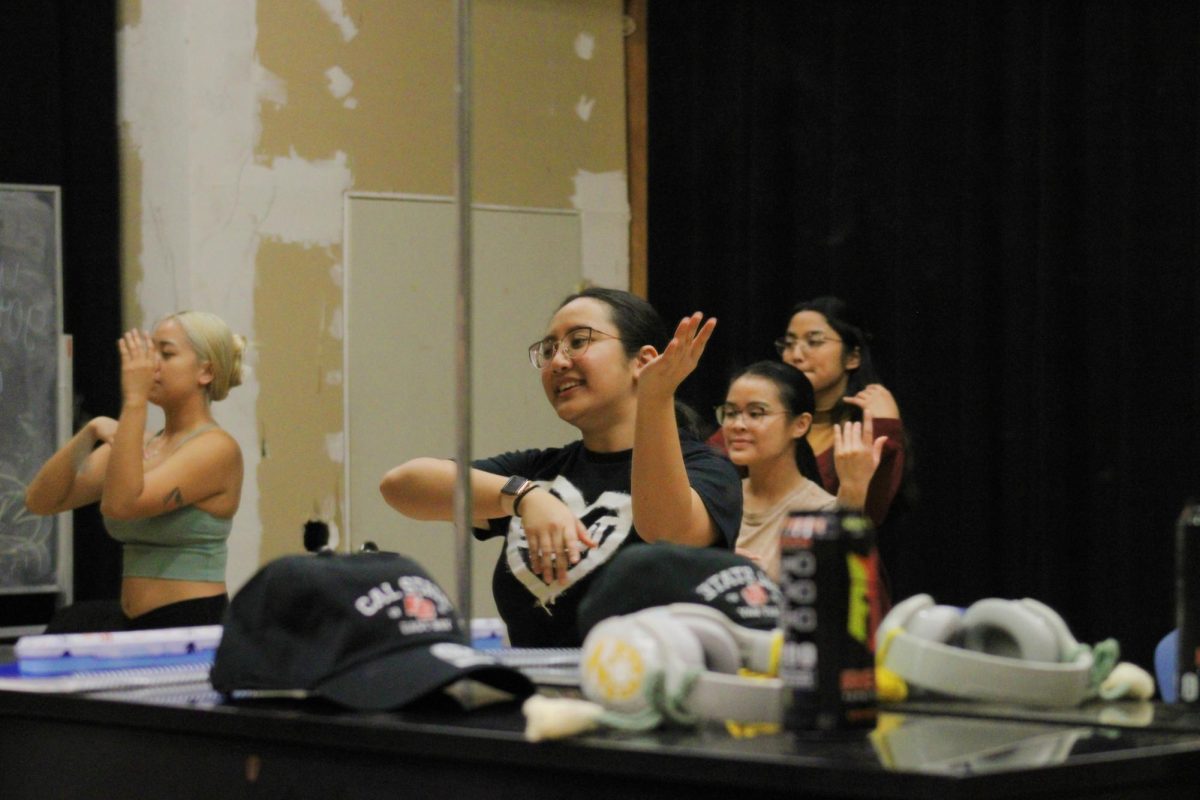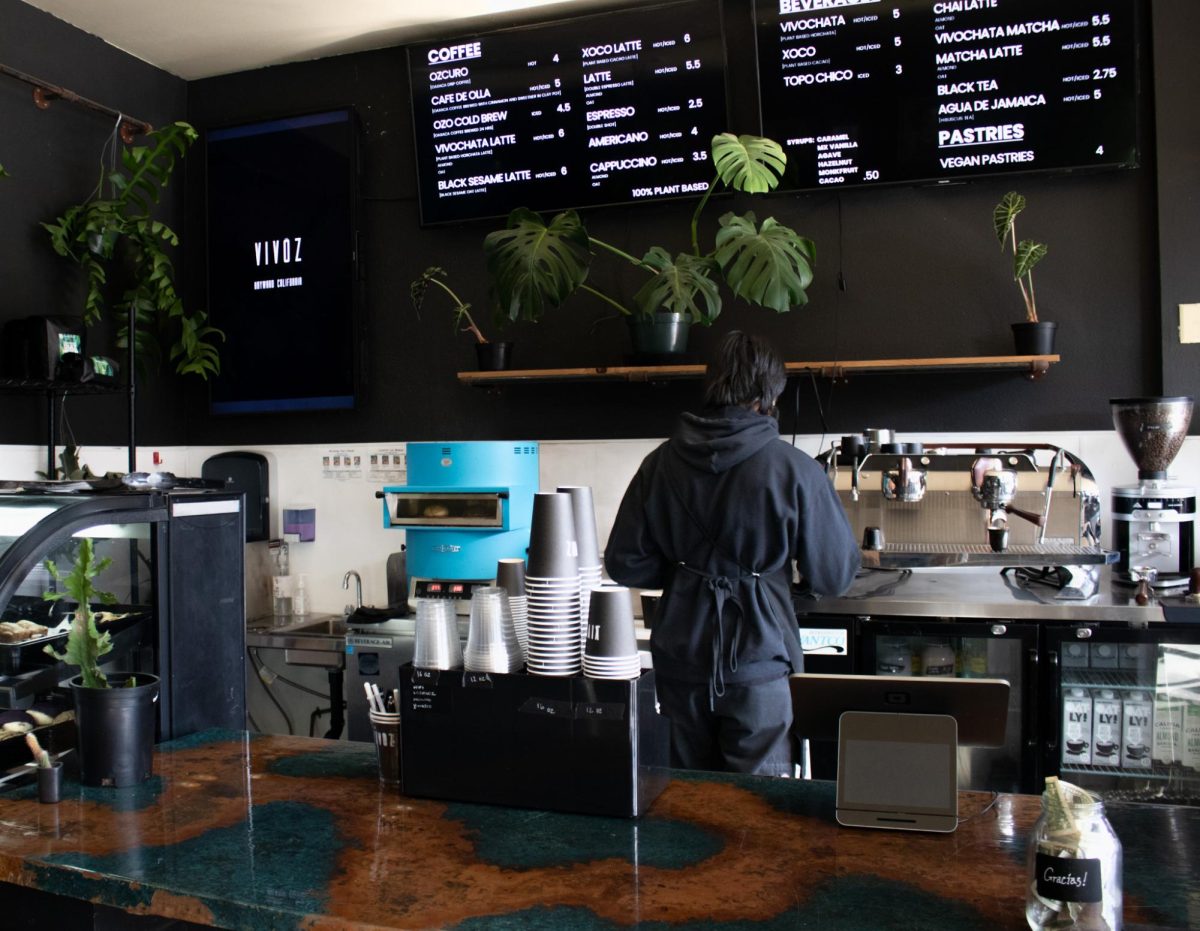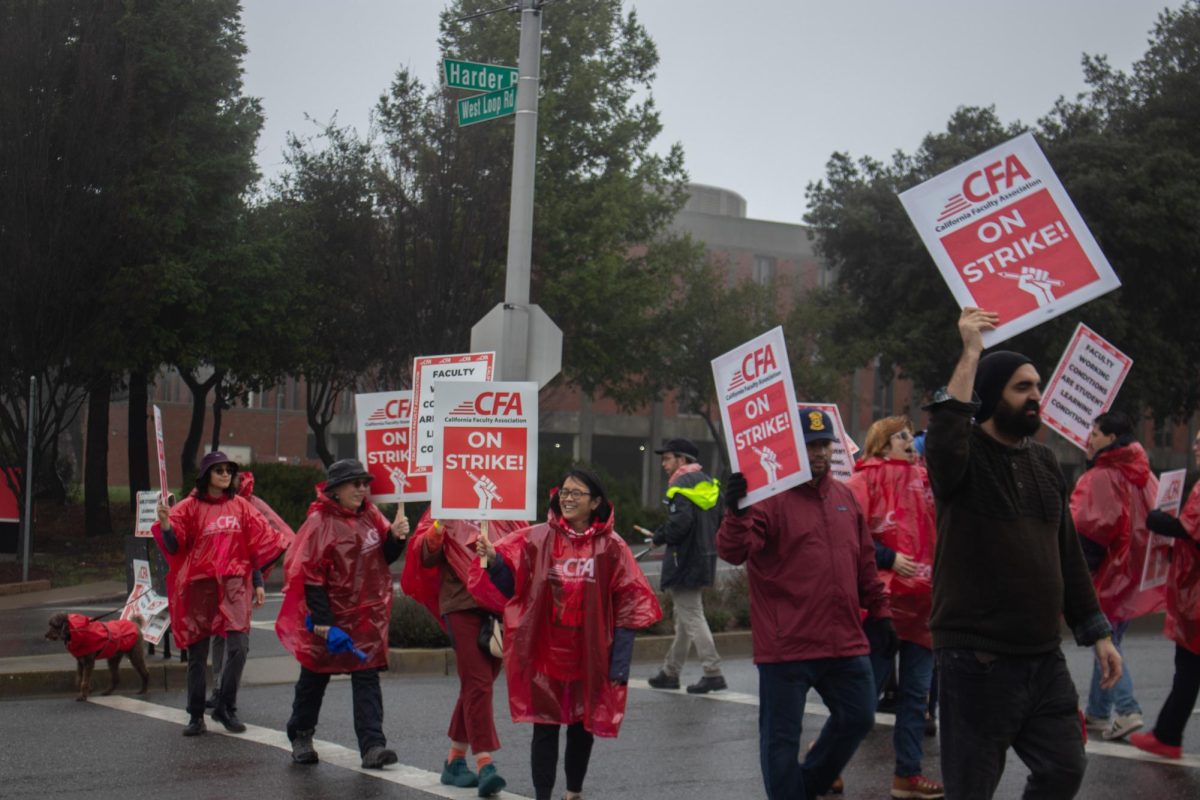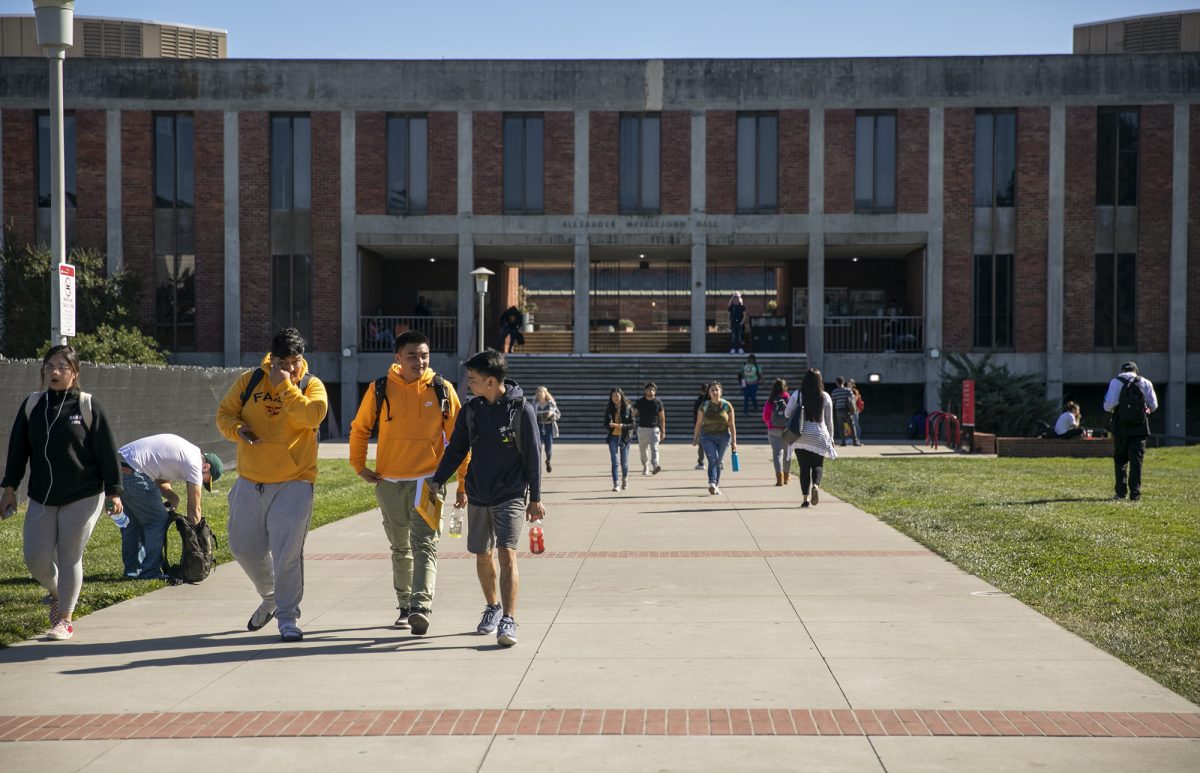In a bid to address its pressing financial shortfall, the California State University (CSU) system recently made a consequential decision, approving a 6% annual tuition increase over the next five years. This move, aimed at ensuring financial stability, has triggered a strong backlash from students and the faculty union, both of whom vehemently opposed the measure.
Earlier this year, the need for an annual revenue infusion of at least $1.5 billion to bolster student services and academic offerings within the system had become increasingly apparent. The decision to implement tuition hikes was a direct response to the stark reality that the current revenue stream falls significantly short of the financial demands necessary to educate nearly half a million students.
Cathy Sandeen, the President of Cal State East Bay, addressed the issue in an open letter to the university community, emphasizing the institution’s dedication to increased enrollment and student well-being. Sandeen highlighted the acquisition of additional funding from the Chancellor’s Office, allowing tuition waivers for select students, and the establishment of an “Enrollment Gap Tiger Team” to drive critical initiatives forward. Task Forces on College of Health Implementation, Scaling Career Services, and Working Professionals Recruitment and Service were also recognized for their instrumental role in nurturing student academic and professional aspirations.
Despite these efforts, students across the campuses remain deeply concerned about the implications of the tuition increase on their affordability. With exceptions and assistance based on qualification, the worry persists for those who may not qualify but genuinely need the support.
Eric Kupers, a Professor of Dance and inclusive performance, shed light on the challenging situation triggered by the tuition hike. In the midst of the tuition increase, there have been cuts to classes and schedules, leaving some lecturers like Raven Malouf-Renning, An Adjunct Lecturer little to no classes to teach and, in effect, losing health insurance and much more.
He adds, “Compared to a few years ago, the theater and dance department has already had 25% of its classes eliminated.” also in the arts. This coincides with the proposal for salary increases by the CSU faculty union. Eric goes on to say: “Even with tuitions increased, faculty’s request for a moderate raise to cope with the living expenses, is not getting far with that, so we might go on strike”
The voices of the students echoed their frustrations and concerns. Bisola Akanji, a senior majoring in Business Administration set to graduate next year, highlighted the difficulties in securing essential courses for graduation due to program cuts and scheduling conflicts. “It is really bothersome and frustrating, and neither the staff nor the students are helped in any way, according to her. Some students may have to stay for more semesters and be impacted by the tuition increase, some may have to work extra to meet the expense of the extra semester, most do not have financial assistance, and even if they do, they may have to acquire more, it is just so Frustrating and Annoying.”
“This tuition increase says it’s in the best interest of students, but it doesn’t really correlate with what students would want,” Says Amanda Aguilar, a human development major. Some students pay for their education out of pocket, have no parental support, and still need to pay for living expenses. In what way does this benefit them? The assertion that it would enhance students ‘ wellbeing doesn’t seem honest to me.
An anonymous contributor also provided a broader perspective, urging students to consider the larger financial challenges facing the university. They emphasize the necessity of prioritizing the financial stability of the CSU system to avoid more potential academic crises. “I understand the concerns as students and I agree with them all, but Let’s think outside the box and put emotions aside. They are telling you that the schools are sinking and that these emotional approaches will not address the money problem. Since the Pandemic, students aren’t even going to four-year institutions; the pandemic has made community colleges look more appealing, with an 80% chance of getting into the UC of your choice, whereas from high school, it’s only a 30% chance of getting into these UC’s. We must unite around what matters.
The ongoing debate over the tuition hike emphasizes the need for a thorough and balanced approach that satisfies both the institution’s urgent financial needs and the concerns of students and faculty. As the CSU system continues to navigate these difficulties, open communication and collaboration will be critical in ensuring that decisions reflect the collective interests and well-being of all stakeholders engaged.


















![Photo of fentanyl from the U.S. Drug Enforcement Administration (Photo courtesy DEA via Bay City News) [for education purposes only]](https://thepioneeronline.com/wp-content/uploads/2024/03/IMG_4583-1200x885.jpg)



